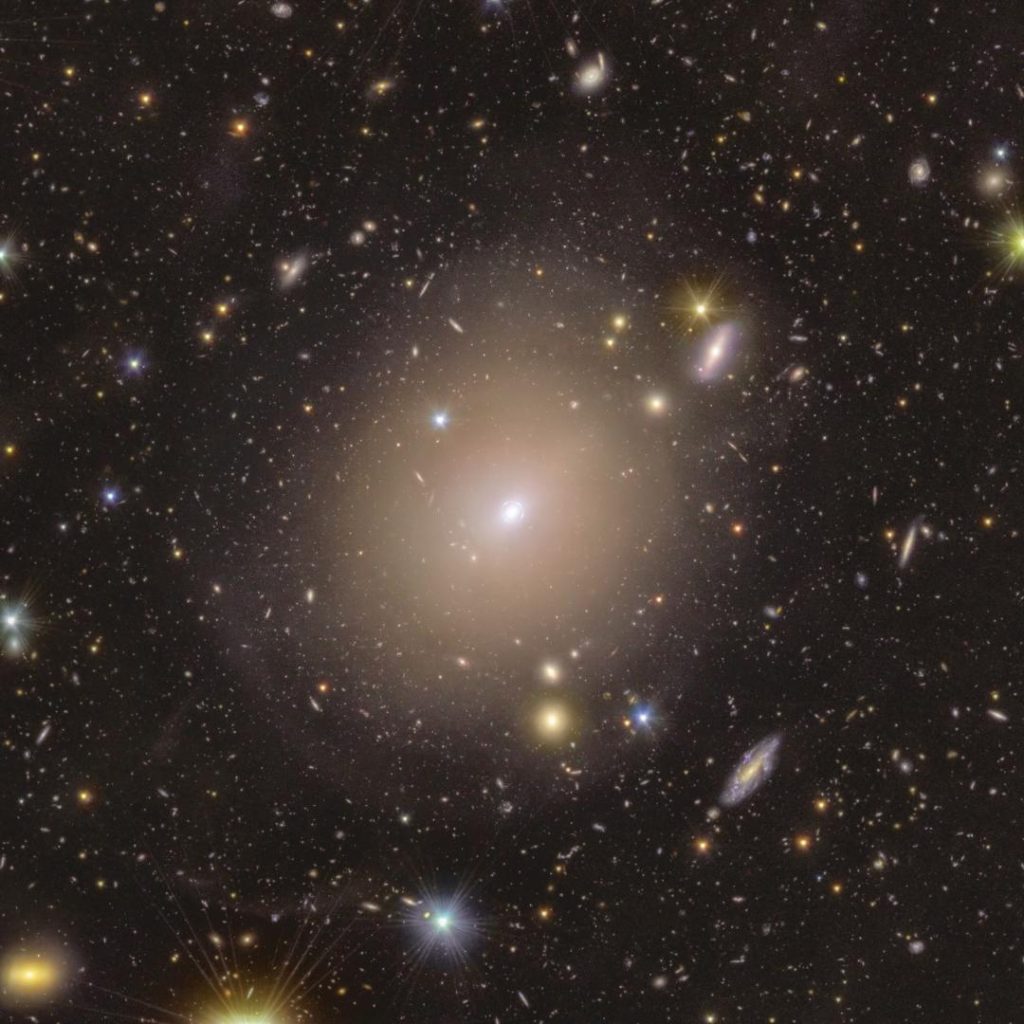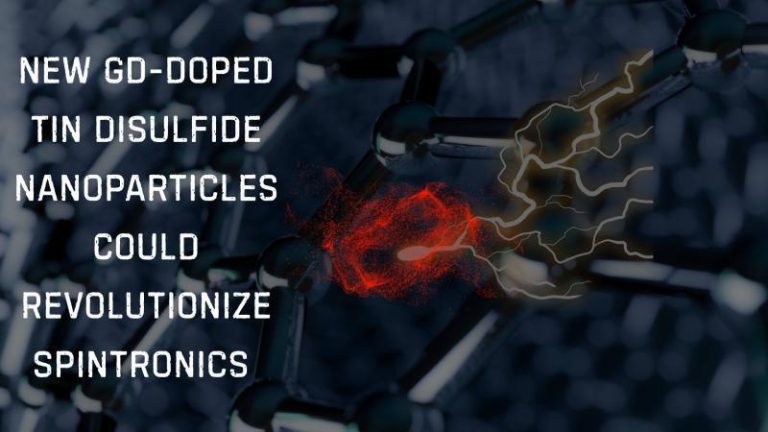
Extremely Rare Einstein Ring Discovered near Earth
In a groundbreaking discovery, the European Space Agency’s (ESA) Euclid space telescope has spotted an extremely rare Einstein ring near Earth. These rings of light form when two galaxies are nearly perfectly aligned, with one positioned behind the other from a fixed perspective. The newly discovered ring is situated in the galaxy NGC 6505, approximately 590 million light-years away, with the background galaxy being 4.42 billion light-years away.
Einstein rings are a rare occurrence in the universe, as the alignment of two galaxies is a precise and unlikely event. The phenomenon was first predicted by Albert Einstein’s theory of general relativity and was later observed for the first time in the 1950s. Since then, only a handful of Einstein rings have been detected, making this discovery a significant milestone in astrophysics.
The Euclid space telescope, launched in 2022, is designed to study the nature of dark matter and dark energy, which make up about 95% of the universe. By mapping the distribution of galaxies and galaxy clusters over billions of light-years, Euclid aims to better understand these mysterious forces. In the process, the telescope has also stumbled upon this extraordinary Einstein ring.
The ring is remarkably well-defined, with the light from the background galaxy bending around the foreground galaxy to create a perfect circle. The alignment of the two galaxies is so precise that the ring appears almost imperceptibly distorted, making it an extraordinary example of Einstein’s theory in action.
The discovery of this Einstein ring has significant implications for our understanding of the universe. By studying the ring, astronomers can gain insights into the mass and distribution of matter within the foreground and background galaxies. This information can help scientists refine their models of galaxy evolution and the role of dark matter and dark energy in shaping the universe.
The discovery also highlights the capabilities of the Euclid space telescope. By detecting this rare and fleeting phenomenon, the telescope has demonstrated its ability to detect subtle changes in the light emitted by distant galaxies. This capability will be crucial in the telescope’s mission to map the distribution of galaxies and galaxy clusters across the universe.
The ESA’s Euclid space telescope is just one of several cutting-edge space missions dedicated to understanding the mysteries of the universe. With its advanced optics and sophisticated data analysis software, the telescope is well-equipped to uncover new secrets about the cosmos.
As scientists continue to study the Einstein ring discovered by Euclid, they will gain a deeper understanding of the intricate workings of the universe. This rare and extraordinary phenomenon serves as a reminder of the awe-inspiring complexity and beauty of the cosmos, and the importance of continued exploration and discovery.






